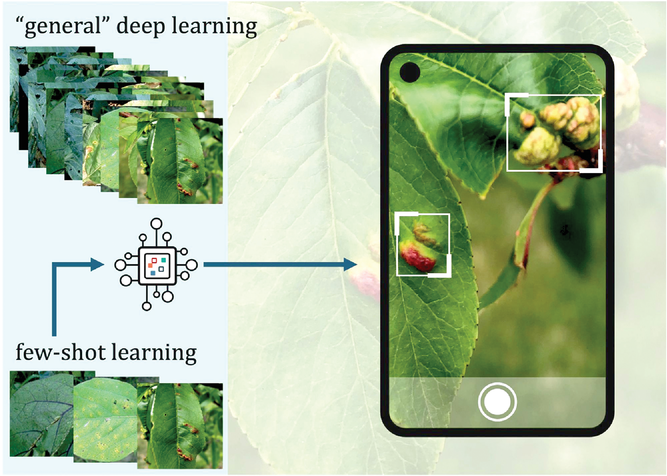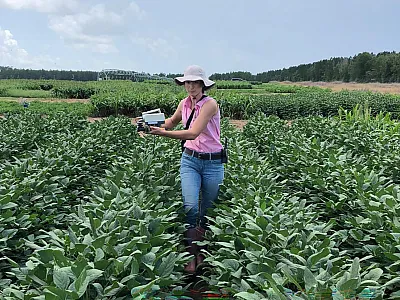A More Practical Machine-Learning Technique for Recognizing Plant Diseases

In recent years, the machine‐learning technique of deep learning has made remarkable breakthroughs in image recognition. However, using deep learning in practical applications such as plant disease recognition poses a significant challenge because it requires a substantial volume of annotated images. Acquiring images depicting plant diseases in their natural environments is challenging, and obtaining accurate annotations from experts can be expensive.
To address this problem, a research team from the National Agriculture and Food Research Organization in Japan explored a different machine‐learning approach to plant disease recognition called few‐shot learning (FSL), which requires fewer images than deep learning. Their review presents a comprehensive overview of the application of FSL in plant disease recognition and examines its advantages and disadvantages. The findings emphasize the importance of developing cost‐effective FSL techniques to make plant disease recognition systems more efficient and accurate.
This study can significantly deepen the understanding of FSL methods in plant disease recognition and shed insights on novel possibilities for leveraging prior knowledge in the agricultural sector.
Adapted from Sun, J., Cao, W., Fu, X., Ochi, S., & Yamanaka, T. (2023). Few‐shot learning for plant disease recognition: A review. Agronomy Journal. https://doi.org/10.1002/agj2.21285
Text © . The authors. CC BY-NC-ND 4.0. Except where otherwise noted, images are subject to copyright. Any reuse without express permission from the copyright owner is prohibited.











